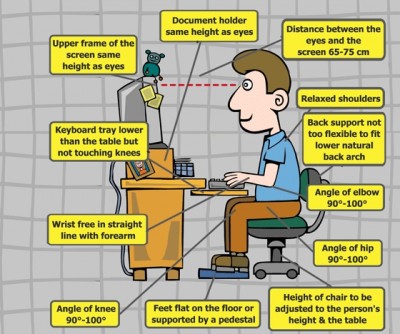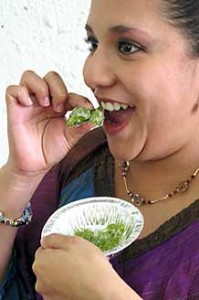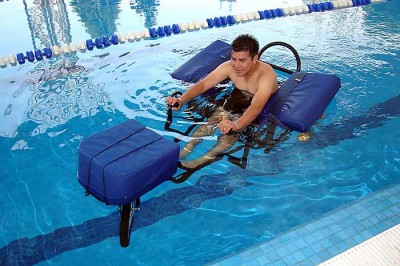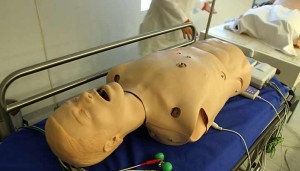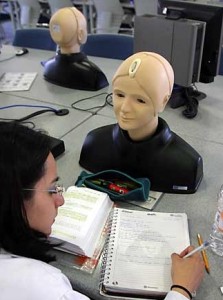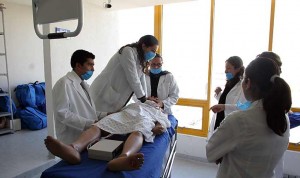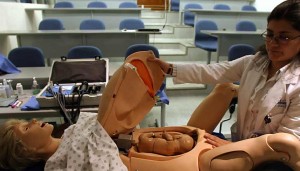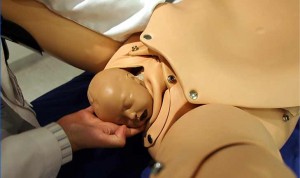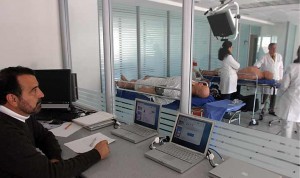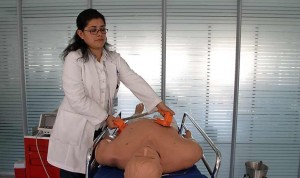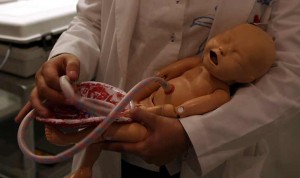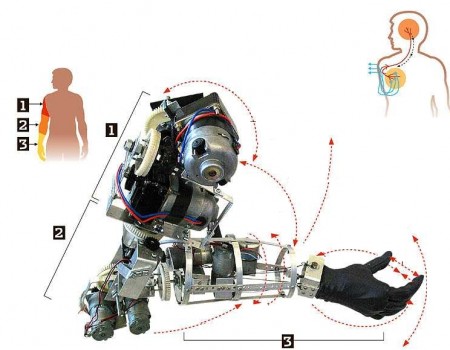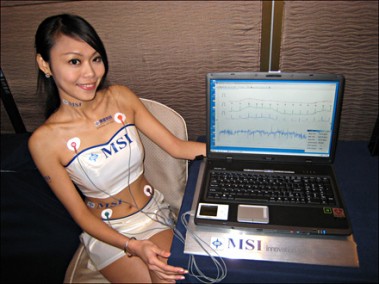This is a paid review

It’s Worldwide recognized that being at your computer for long periods will cause you pain, that’s why you should take micro breaks in order to prevent carpal tunnel syndrome and repetitive strain injury, also to improve your productivity, health and work.
Most bloggers (and others) are in a computer workstation most part of the day and probably if you are one of us, you could suffer from upper-back pain, lower-back pain, wrist pain, neck and shoulder pain or eye strain.
I’ve been suffering from shoulder pain since the last month because of being in my desk and with the trial exercise I notice the difference at the moment I’ve finished the exercises.
Desk-Trainer will provide you short, safe, refreshing, and easy-to-use movement exercise in an entertaining format (Flash animation) for use at work, at home and on the move.
These exercises are designed to achieve the following benefits:
- To provide user-friendly fitness training.
- To rapidly and effectivly reverse injuries, pain, stress and fatigue from long hours at a computer work station.
- To prevent future pain and protect against such injuries.
- To improve concentration, alertness and productivity.
With this 5 minute movement exercise programs, you will be able to reduce pain and repetitive strain injury prevention. These program is for employees and individuals using computers, cellphones and PDA.
These exercises not only free the user from keyboard and mouse related aches and pains, they also reduce stress, and improve general fitness and well being. The exercises are applications of the Anat Baniel Method based on the work of well-known Dr. Moshe Feldenkrais who was a physicist, engineer and judo master, pioneered a learning system that uses movement and awareness of self to bring about remarkable changes in the human mind and body.
The system of Desk-Trainer provides an effective, entertaining and user-friendly way to relieve pains and strains, prevent the onset of carpal tunnel syndrome and reduce the risk of other Repetitive Strain Injuries.
This will be your personal trainer:

There is also a section of ergonomics tips which will help you to stay as healthy as possible while on the computer workstation.
